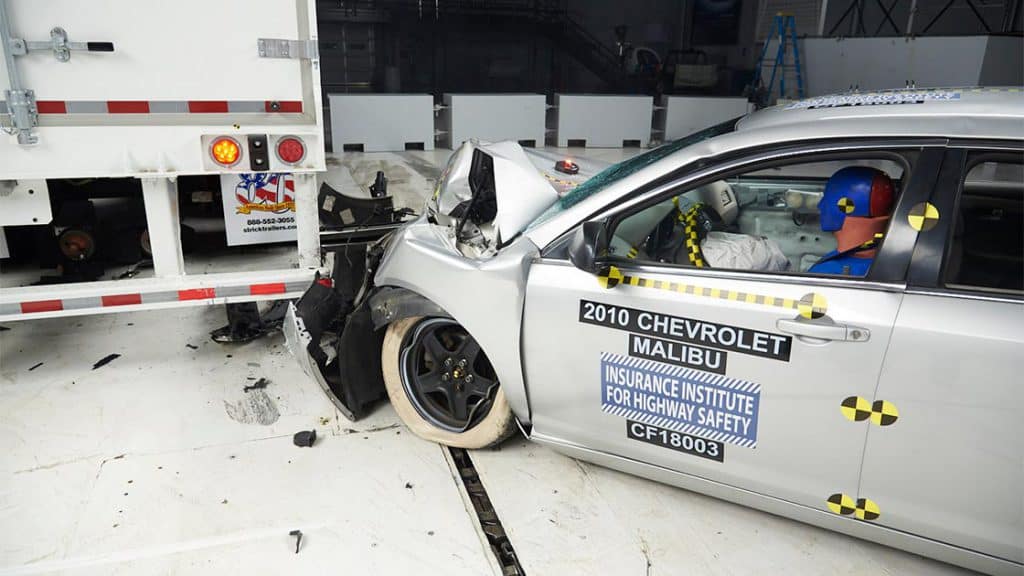
“In its long-awaited rule on truck underride protection, the National Highway Traffic Safety Administration (NHTSA) appears to be out of sync with the Safe System strategy adopted by the U.S. Department of Transportation (DOT) earlier this year. We were pleased to see DOT adopt this strategy, but we also knew those were just words on paper. Success requires implementation of redundant safety interventions like better underride protection on trailers to ensure that a mistake on the roadway does not result in serious injury or death. NHTSA’s updated rule does not go far enough to be meaningful.
“For nearly 50 years, IIHS has pushed for stronger government regulations to improve rear underride guards on large trucks. While an updated standard went into effect in 1998, it was still too weak. Our research in the early 2000s confirmed that and showed that much more could be done to prevent underride. Building on our research and crash testing, we petitioned the federal government in 2011 to improve underride protection.
“The final rule issued by NHTSA on June 30 falls well short of addressing most of the concerns raised in our petition. While the new standard is an improvement over the old one, nearly all newly manufactured guards on trailers already meet this new standard, which is similar to a longstanding Canadian requirement. Meanwhile, IIHS crash testing and the TOUGHGUARD award we inaugurated in 2017 have pushed the largest trailer manufacturers to strengthen their underride guards well beyond this level, demonstrating that further improvements are feasible.
“To truly reduce the number of lives lost in underride crashes, NHTSA needs to incorporate changes that would require crash testing of guards when mounted on trailers, allow fewer exemptions for other kinds of trucks and improve protection in offset crashes. The Safe System strategy, if it is to be more than words on paper, requires NHTSA to take all these steps.”